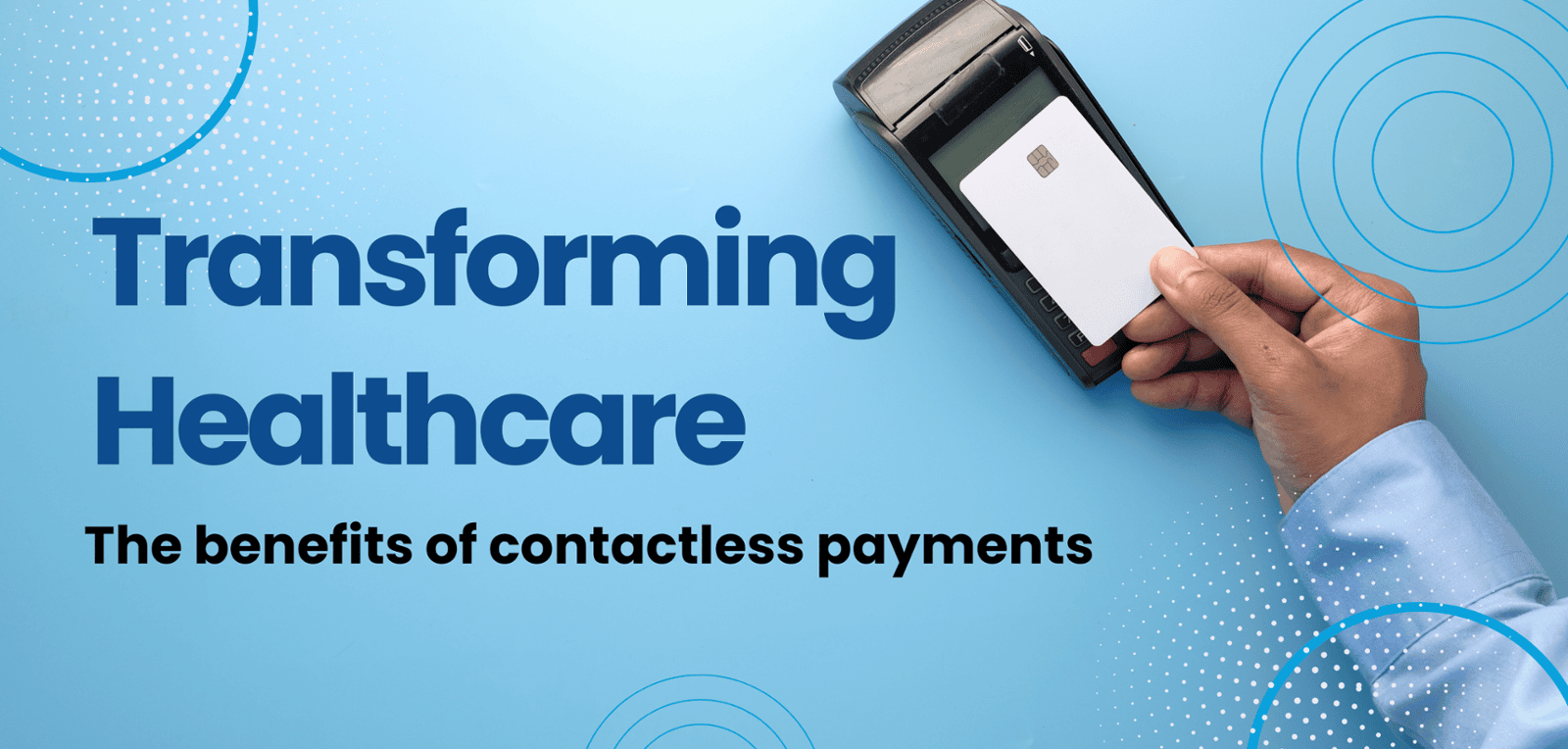
In the ever-evolving landscape of healthcare, technological advancements continue to revolutionize patient care, operational efficiency, and overall service delivery. One such innovation that has gained significant traction is contactless payment technology. Let's explore how contactless payments are reshaping the healthcare industry and the myriad benefits they bring to patients, providers, and healthcare organizations.
Enhanced Patient Experience
One of the primary advantages of contactless payments in healthcare is the improvement in patient experience:
- Convenience: Patients can settle bills quickly and easily without the need for cash or physical cards. This is particularly beneficial for patients visiting outpatient facilities, pharmacies, or making copayments at clinics.
- Reduced Waiting Times: Contactless payments expedite the checkout process, minimizing wait times and streamlining administrative workflows. This is crucial in busy healthcare settings where efficiency is paramount
- Hygiene and Safety: Especially in light of global health concerns, contactless payments reduce the risk of virus transmission through physical contact with payment terminals or cash.
Operational Efficiency for Healthcare Providers
Healthcare providers also reap numerous benefits from adopting contactless payment systems:
- Improved Cash Flow: Faster payment processing accelerates revenue cycles and reduces accounts receivable days, ensuring better financial health for healthcare organizations.
- Cost Savings: Streamlined payment processes and reduced reliance on manual transactions decrease administrative costs associated with handling cash or processing traditional card payments. With a free Dual Pricing terminal from PayLo Pro, this comes with the added benefit of fee-free transactions.
- Enhanced Data Security: Contactless payment technology employs advanced encryption and tokenization, safeguarding sensitive patient payment information and complying with stringent data protection regulations like HIPAA.
Adaptability and Accessibility
Contactless payments cater to diverse patient needs and preferences:
- Accessibility: Elderly patients or those with mobility issues find contactless payments more accessible and user-friendly compared to traditional payment methods.
- Flexibility: Patients can securely store payment information on their smartphones or wearables, facilitating seamless transactions across different healthcare facilities or during telehealth consultations.
Future-Proofing Healthcare
As the healthcare industry continues to embrace digital transformation, contactless payments represent a pivotal step towards future-proofing service delivery:
- Integration with Telehealth: Contactless payment solutions seamlessly integrate with telehealth platforms, enabling remote patients to settle invoices or copayments electronically.
- Enhanced Patient Engagement: Simplified payment processes contribute to a positive patient-provider relationship, fostering trust and satisfaction among healthcare consumers.
- Innovation Potential: The evolution of contactless payment technology opens doors to future innovations such as biometric authentication and predictive analytics, further enhancing operational efficiency and patient care outcomes.
Challenges and Considerations
While the benefits of contactless payments in healthcare are clear, there are considerations for healthcare providers:
- Infrastructure Investment: Upgrading to contactless payment systems requires initial investment in hardware, software, and staff training. However, the long-term efficiency gains justify these costs.
- Regulatory Compliance: Healthcare organizations must ensure that their payment systems comply with healthcare regulations such as HIPAA and PCI DSS to protect patient confidentiality and payment data.
Conclusion
In conclusion, contactless payments are transforming the healthcare industry by offering unparalleled convenience, efficiency, and safety for patients and providers alike. As healthcare organizations navigate the complexities of modern healthcare delivery, adopting contactless payment technology not only enhances operational workflows but also elevates the patient experience to new heights. By embracing these innovations, healthcare providers can streamline financial processes, improve cash flow, and ultimately focus more on delivering high-quality patient care in a digitally-driven world.





